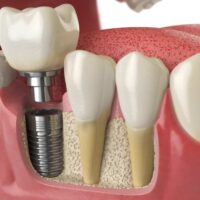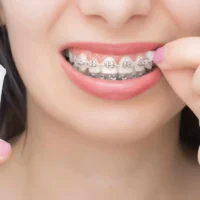The hole-in-head disease is a common ailment that affects aquarium fish, causing small pits or holes to develop on their heads and bodies. Now you may think: will salt cure a hole-in-head disease? While salt cannot directly cure this disease, it can be used as part of a comprehensive treatment plan to promote the fish’s overall health and speed up recovery. However, it is crucial to use the right type of salt and follow proper dosage instructions to avoid harming the fish. In this article, we will explore the common causes of hole-in-head disease and the effective treatment methods, including the use of salt.
Causes of Hole-in-Head Disease
Hole-in-head disease, also known as Head and Lateral Line Erosion (HLLE), can be caused by various factors. Poor water quality, improper diet, and inadequate nutrition are some of the leading culprits. When the fish lack essential nutrients like vitamins and minerals, their immune systems weaken, making them more susceptible to infections. Stress is another significant factor that can trigger this disease. Overcrowded tanks, aggressive tankmates, or sudden changes in water parameters can cause stress.
Understanding the Role of Salt in Treatment: Will Salt Cure a Hole-In-Head Disease
While salt cannot directly cure hole-in-head disease, it can play a vital role in aiding the fish’s recovery. Aquarium salt contains essential electrolytes that help improve the overall health of the fish, boosting their immune system and assisting in the healing process. However, it is essential to be cautious with salt treatments, as excessive use or high concentrations can harm the fish, particularly those without scales, which have minimal protection against salt penetration.
Using the Right Salt for Treatment
To treat the hole-in-head disease effectively, using the right type of salt is crucial. Kosher salt is the best option as it contains pure sodium chloride without additives like iodine or anticaking agents. These additives can be harmful to the fish or cause cloudiness in the water, further complicating the situation. Always read the label carefully to ensure that your salt is free from harmful additives. If possible, consider getting salt from specialized fish stores to ensure its quality and safety for your aquatic pets.
Proper Salt Treatment Procedure
When using salt to treat hole-in-head disease, it is essential to follow a careful and measured approach:
- Quarantine Affected Fish: Isolate the fish with the disease in a separate quarantine tank to prevent it from spreading to other healthy fish
- Choose the Right Dosage: Add one tablespoon of aquarium salt to 5-10 gallons of water in the quarantine tank. Avoid overusing salt, as it can have adverse effects on the fish and the tank’s ecosystem
- Monitor Salinity Levels: Measure the salinity in the tank and ensure it remains within tolerable levels for your fish. If the salt concentration becomes too high, it can stress and harm the fish
- Gradual Introduction: Start with a small amount of salt and gradually increase it, giving the fish time to adjust to the change in water conditions
- Follow Instructions: Always adhere to the specific treatment instructions provided with the aquarium salt. Different brands and products may have varying dosages and usage guidelines
Conclusion: Will Salt Cure a Hole-In-Head Disease
The hole-in-head disease is a treatable condition in aquarium fish but requires prompt identification and appropriate treatment. While salt cannot directly cure this disease, it can be a valuable aid in promoting the fish’s recovery and improving their overall health. Remember to use the right type of salt, follow proper dosage instructions, and monitor the fish’s well-being throughout the treatment process. Doing so can effectively combat hole-in-head disease and provide your fish with a healthier and happier life.




